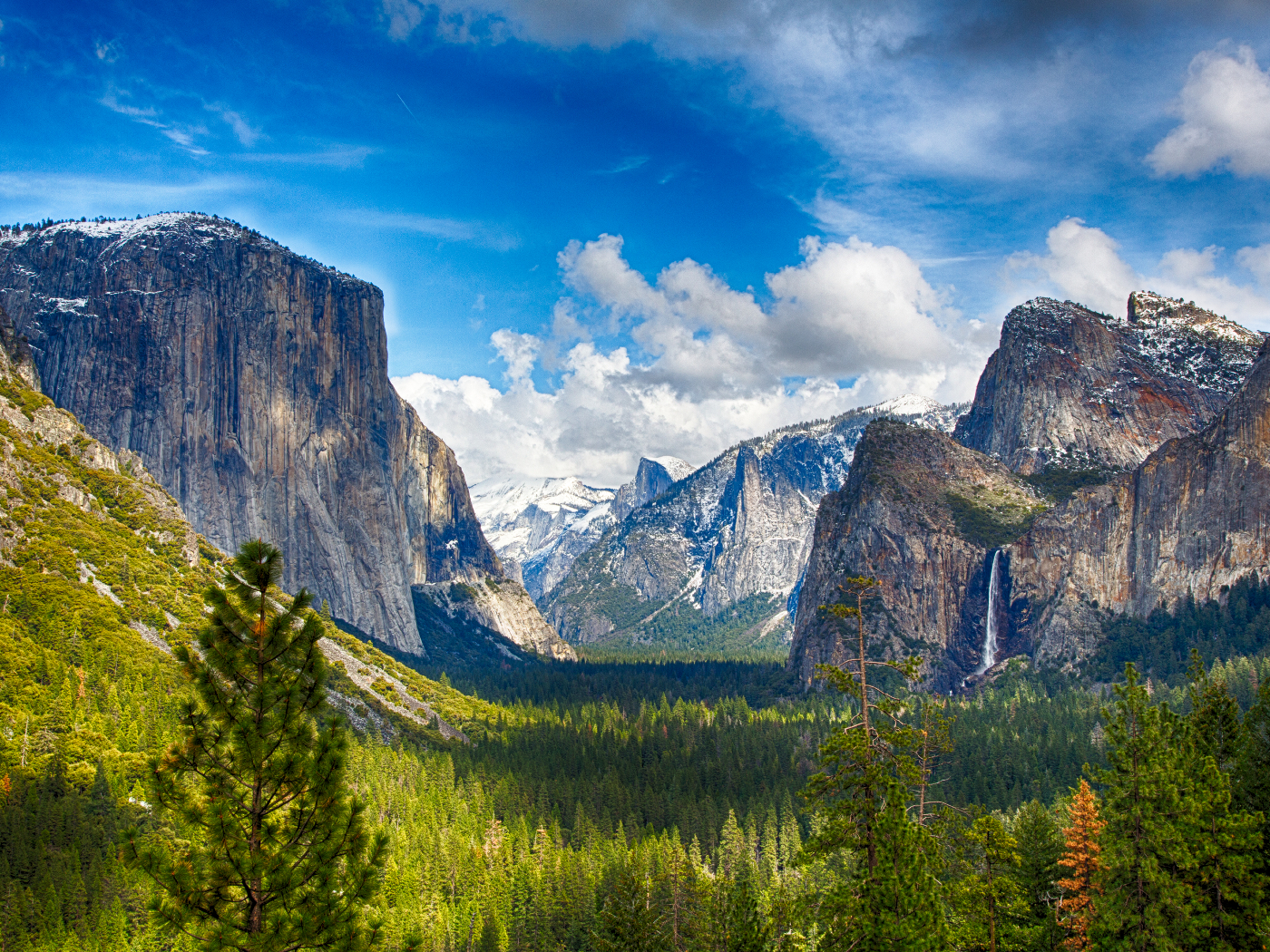One generation passeth away, and another generation cometh: but the earth abideth for ever. The sun also ariseth, and the sun goeth down, and hasteth to his place where he arose. The wind goeth toward the south, and turneth about unto the north; it whirleth about continually, and the wind returneth again according to his circuits. All the rivers run into the sea; yet the sea is not full; unto the place from whence the rivers come, thither they return again....Is there any thing whereof it may be said, See, this is new? it hath been already of old time, which was before us. (Ecclesiastes 1:4-7, 10)
The writer of Ecclesiastes placed much confidence in the regularity of natural processes. The continual passage of generations of people, the repetitive sequence of sunrise-sunset, the circular paths of the winds, and the continuity of the hydrologic cycle led him to projections of an eternal earth, and to despair, among other things. Aristotle and Charles Hutton, later "uniformitarianists," took the same approach; and they too arrived at an eternal earth (and arguably, despair). Mankind's mad rush to explain all of nature without reference to God in an effort to be "scientific" is no surprise. But how much is too much when it comes to the confidence we place in the regularities of nature?
Two radically different endeavors vie for authority as "science" today; both have a high regard for the regularity we see in nature, but for different reasons. The experimental scientist, such as a chemist, mixes his reagents under tightly-controlled conditions (the laboratory), and when he can repeat his results, he has then discovered something about the here-and-now world. There is no problem with this approach. Such scientific endeavors must rule out the possibility of any outside meddling in the lab (God or otherwise) if the results are to have legitimacy.
Now consider a forensic (or historical) scientist. The archaeologist examining a ring of stones, the detective investigating a murder scene, the geologist surveying a rocky outcrop--all are engaged in a far different game. Their goal is to understand the past, based upon what can be observed in the present. Having a high confidence in the regularity of ordinary nature is essential to recognizing the extraordinary, as Paley's watch in the heath illustrates.1 Unlike experimental science, to deny at the outset the possible "meddling" of an intelligent agent in the observed phenomena would be to invalidate the entire endeavor!
For the creation scientist, it is his confidence in the regularity of nature that makes his case so strong. Despite the numerous paradoxes and mysteries we face as creationists, our worldview is far more secure than that of the evolutionist, in spite of boastings to the contrary. We do not fear that some new discovery will topple our worldview; nor do we accept the unbridled extrapolation of uniform processes and rates into the infinite past as "science." The debate is not one of science versus religion, but of genuine versus fraudulent science. Those who worship the Father must worship "in spirit and in truth" (John 4:24, emphasis added).
Reference
- William Paley (1743-1805) wrote in the book Natural Theology his famous analogy of finding a watch in a field and concluding that its evident design required a watchmaker.
* Mr. Hoesch is Research Assistant in Geology.
Cite this article: Hoesch, W. 2008. The Regularity of Nature. Acts & Facts. 37 (2): 14.














